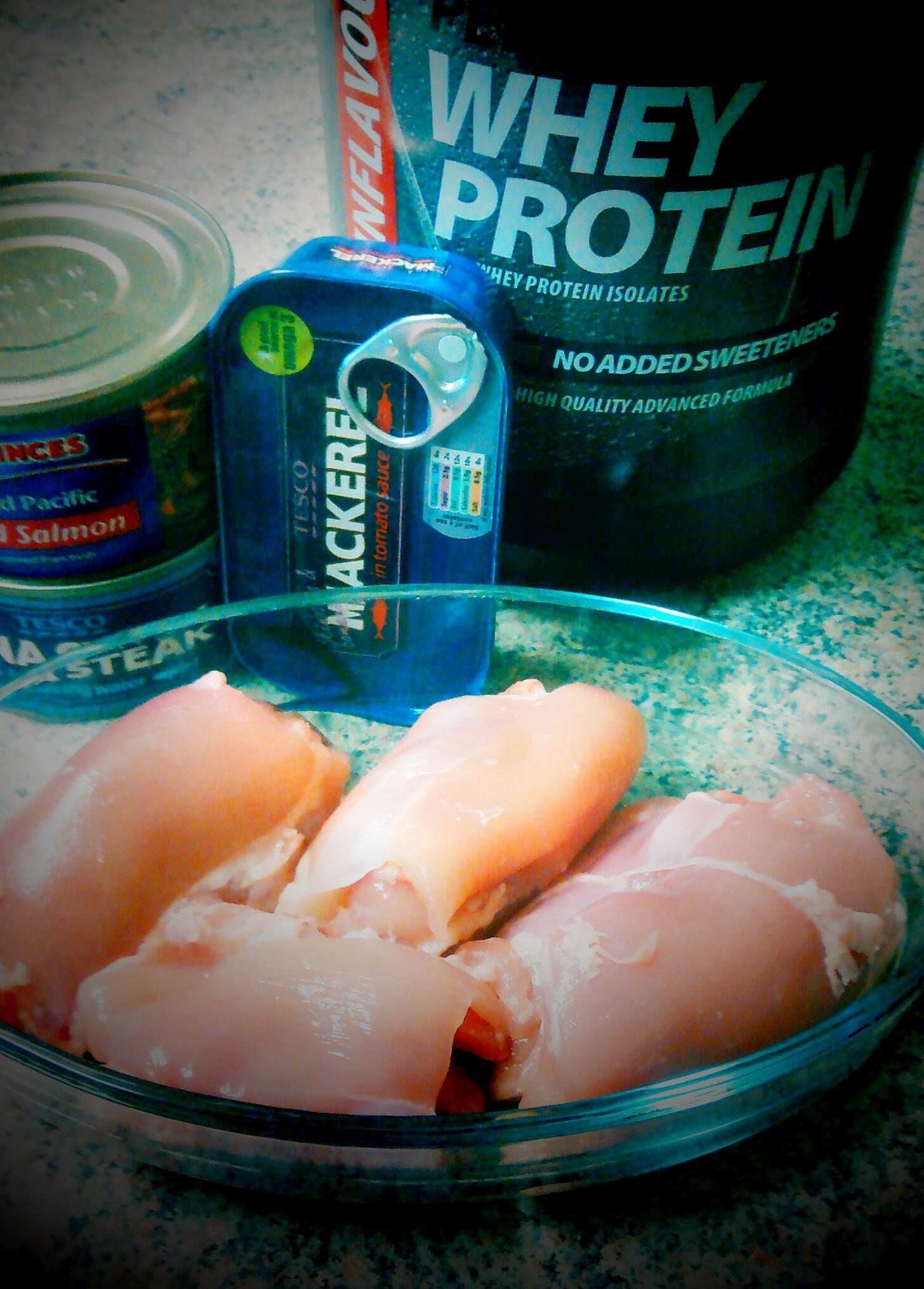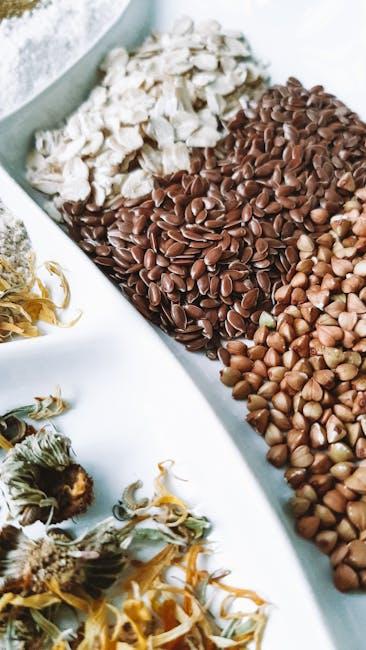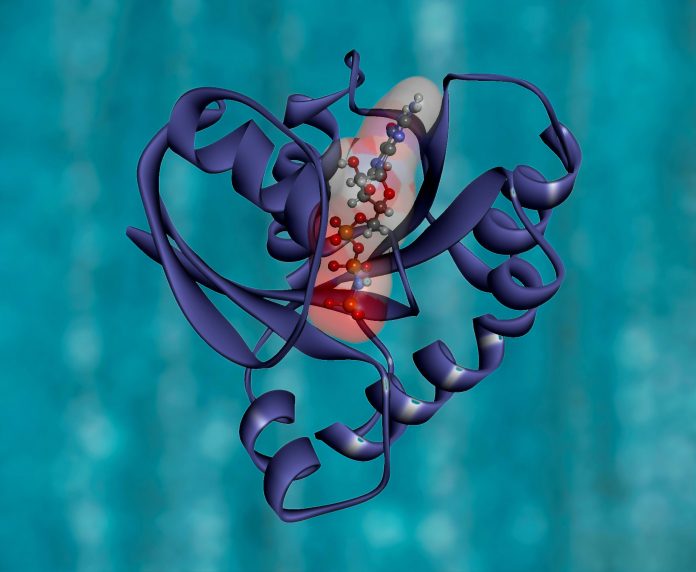In the intricate symphony of human nutrition, protein stands out as a virtuoso, playing a pivotal role in the harmony of our health. Often hailed as the building block of life, this mighty macronutrient is essential for everything from muscle repair to immune function, and even the production of enzymes and hormones. Yet, amidst the cacophony of dietary advice and ever-changing trends, questions about protein remain: How much do we truly need? And what are the best sources to include in our daily repertoire? In this exploration of “,” we will delve into the science behind protein, uncover the top sources that nature and innovation have to offer, and provide a clear, balanced guide to meeting your individual protein needs. Whether you’re a fitness enthusiast, a busy professional, or simply someone seeking to optimize your health, this article aims to illuminate the path to protein wisdom. Protein Matters for Your Health”>
Protein Matters for Your Health”>
Unlocking the Benefits: Why Protein Matters for Your Health
Protein is a vital macronutrient that plays a crucial role in maintaining overall health. It serves as the building block for muscles, skin, enzymes, and hormones. Incorporating adequate protein into your diet can help with muscle repair, immune function, and even weight management. But how much protein do you really need? The answer varies based on age, activity level, and overall health. Generally, a good rule of thumb is to aim for about 0.8 grams of protein per kilogram of body weight for the average adult. However, athletes or those with higher physical demands might need more.
- Lean Meats: Chicken, turkey, and lean cuts of beef provide high-quality protein without excessive fat.
- Fish: Salmon, tuna, and other fatty fish are excellent sources of protein and healthy omega-3 fatty acids.
- Plant-Based Options: Lentils, chickpeas, and quinoa are fantastic for those following a vegetarian or vegan diet.
- Dairy Products: Greek yogurt, cottage cheese, and milk offer a protein punch along with essential vitamins and minerals.
- Nuts and Seeds: Almonds, chia seeds, and hemp seeds are convenient and nutritious protein sources.
Top Protein-Rich Foods: From Animal to Plant-Based Sources
Whether you’re a fitness enthusiast or simply looking to improve your diet, knowing the best sources of protein can make a significant difference. Animal-based options are often celebrated for their complete protein profiles, which include all essential amino acids. Some top choices include:
- Chicken Breast: A lean meat that offers around 31 grams of protein per 100 grams.
- Eggs: A versatile staple, with approximately 6 grams of protein per large egg.
- Greek Yogurt: Packs a punch with about 10 grams of protein per 100 grams.
On the other hand, plant-based sources are increasingly popular, not only for their nutritional benefits but also for their lower environmental impact. Some excellent plant-based proteins include:
- Lentils: Offer a hefty 9 grams of protein per 100 grams.
- Chickpeas: Versatile and rich, providing about 19 grams of protein per 100 grams.
- Quinoa: A complete protein, offering 4 grams per 100 grams.
Integrating a mix of these sources into your diet can help you meet your protein needs while enjoying a variety of delicious and nutritious foods.

Tailoring Your Intake: How Much Protein Do You Really Need?
Understanding how much protein you need can be as essential as knowing where to get it. Individual protein requirements can vary based on several factors such as age, gender, physical activity level, and overall health. For the average adult, the Recommended Dietary Allowance (RDA) is 0.8 grams of protein per kilogram of body weight. However, athletes or those engaged in heavy physical activities might require more, sometimes up to 1.6-2.2 grams per kilogram.
To tailor your protein intake effectively, consider the following:
- Body Weight: Heavier individuals generally require more protein.
- Activity Level: The more active you are, the higher your protein needs.
- Health Goals: Whether you’re aiming for muscle gain, weight loss, or maintenance, your protein intake should align with these objectives.
- Dietary Preferences: Plant-based eaters may need to combine different sources to meet their protein requirements.
By customizing your protein intake to suit your unique needs, you can optimize your diet for better health and performance.

Practical Tips: Incorporating Protein into Every Meal
Ensuring you have enough protein in every meal doesn’t have to be a chore. Here are some practical tips to seamlessly weave this macronutrient into your daily diet:
- Breakfast: Start your day with a protein-packed meal by adding Greek yogurt or cottage cheese to your morning routine. Alternatively, blend a smoothie with protein powder, nut butter, and your favorite fruits.
- Lunch: Opt for lean meats like chicken or turkey in your salads and sandwiches. If you’re vegetarian or vegan, consider adding legumes, quinoa, or tofu to your meals for a protein boost.
- Dinner: Incorporate fish, lean beef, or pork into your evening meals. Don’t forget plant-based options like lentils, chickpeas, and edamame, which can be delicious and satisfying.
- Snacks: Keep it simple with nuts, seeds, or a hard-boiled egg. Protein bars and jerky are also convenient options for when you’re on the go.





